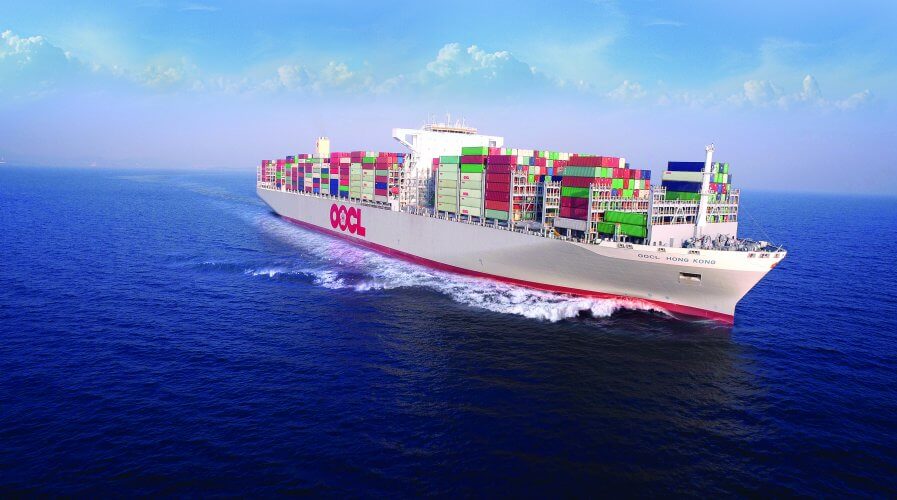

The Drewry Hong Kong-Los Angeles container-rate benchmark held firm at a record-high $7,961 per 40-foot container for the third straight week through Sept. Peak prep, supply chain snags set to keep liner rates propped up Container Trades Statistics delivers monthly data on volume and the container price index. The China Export Containerized Index and New ConTex Index offer liner-rate visibility.
/Slide6.jpg)
The Drewry Hong Kong-Los Angeles 40-foot container rate benchmark is published on Wednesdays and WCI freight rates on Thursdays, providing insight into spot rates. It appeared first on the Bloomberg Terminal. This analysis is by Bloomberg Intelligence Senior Analyst Lee A Klaskow and Bloomberg Intelligence Associate Analyst Adam Roszkowski.

Imports are expected to bounce back briefly in January 2023, which is forecast at 2.06 million TEU, but that would be down by 4.9 per cent from January 2022. Ports have not yet reported September’s numbers, but the tracker projected the month at 2.07 million TEU, down by 3 per cent YoY. Meanwhile, the closure of factories during China’s October Golden Week holiday along with the Chinese government’s continuing ‘Zero COVID’ policy have impacted production, reducing demand for shipping capacity from that side of the Pacific as well,” he said. “Recent cuts in carriers’ shipping capacity reflect falling demand for merchandise from well-stocked retailers even as consumers continue to spend. “The growth in US import volume has run out of steam, especially for cargo from Asia,” Hackett Associates founder Ben Hackett said. Despite the lower volumes, retailers are still experiencing challenges along the supply chain, including US ports and intermodal rail yards,” NRF vice president for supply chain and customs policy Jonathan Gold said in a statement. “Many retailers brought in merchandise early this year to beat rising inflation and ongoing supply chain disruption issues. That was up by 3.5 per cent from July this year but down 0.4 per cent from August 2021. US ports covered by the tracker handled 2.26 million TEU in August. The first half of 2022 totalled 13.5 million twenty-foot equivalent units. Imports at major US container ports are expected to fall to their lowest level in nearly two years by the end of this year even though retail sales continue to grow, according to the monthly Global Port Tracker report released by the National Retail Federation and Hackett Associates.


 0 kommentar(er)
0 kommentar(er)
